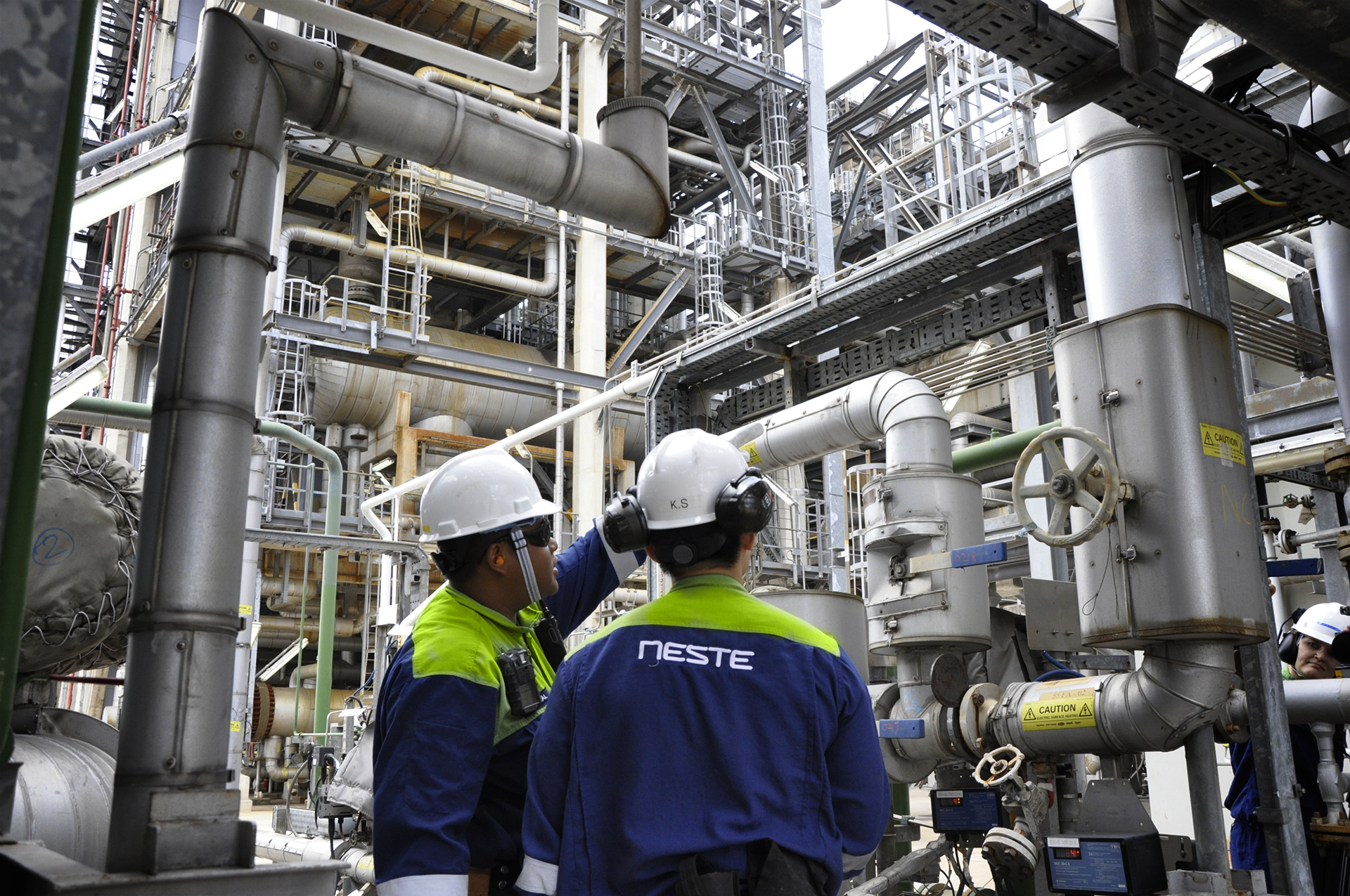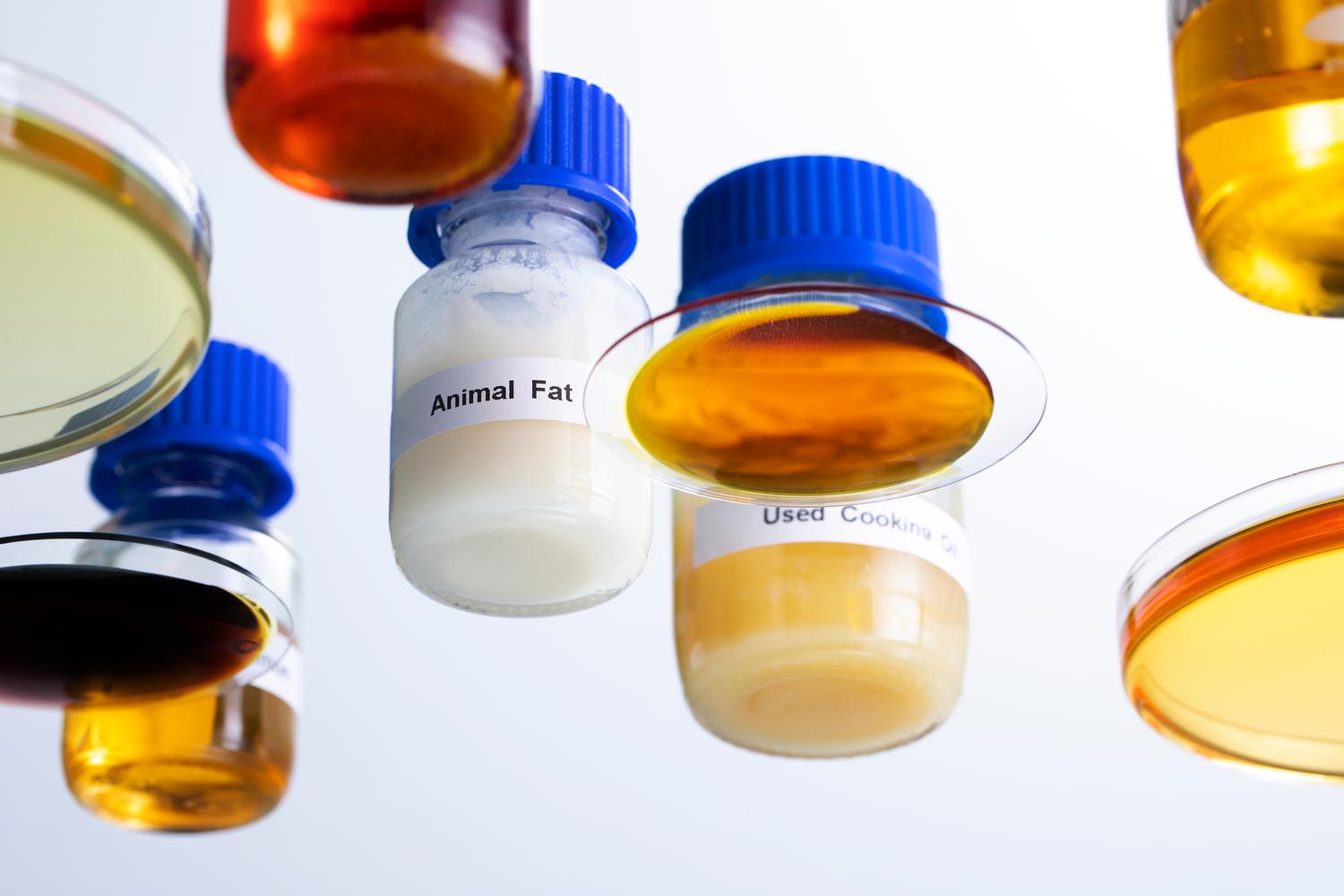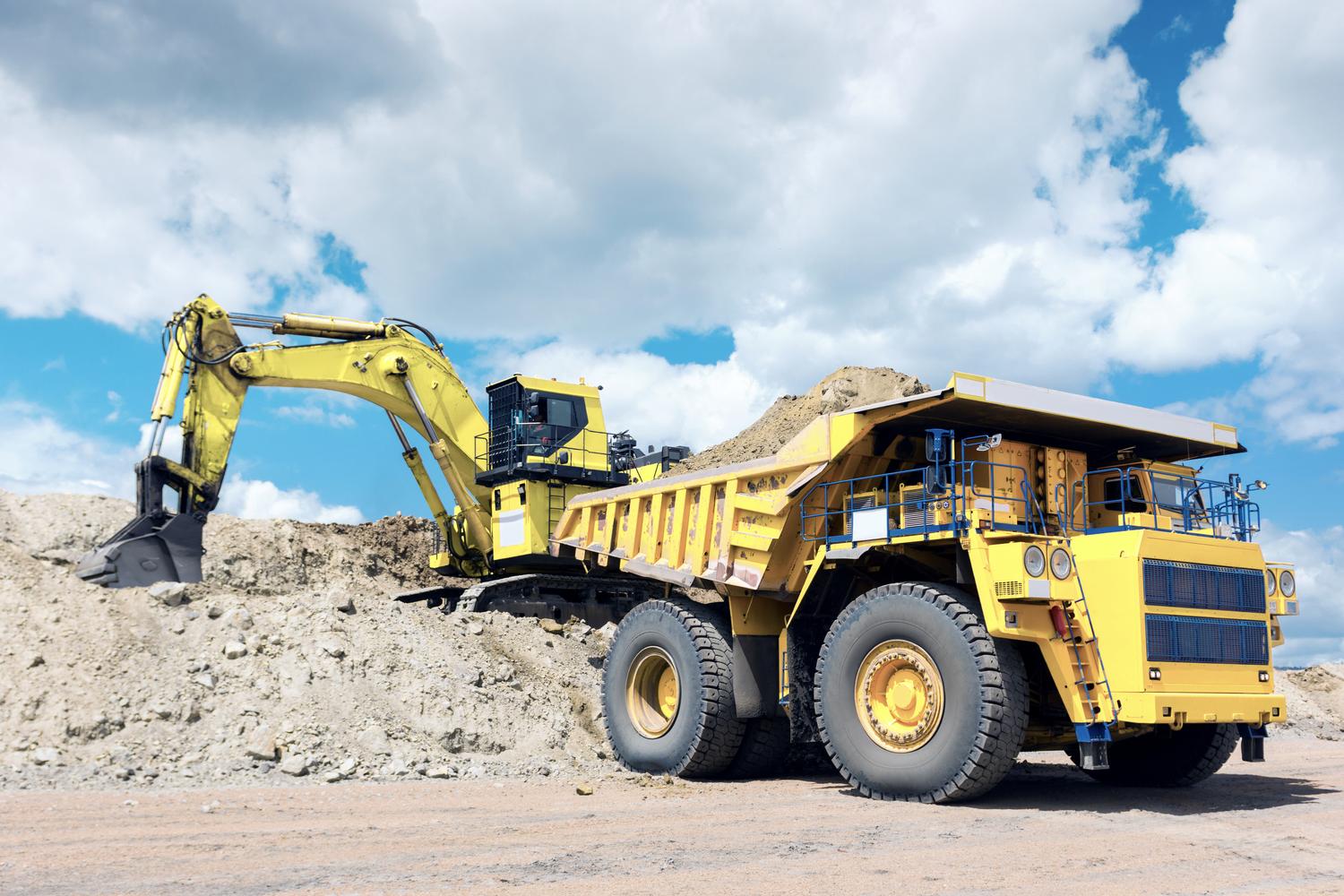
Renewable solutions
8 minute read
The United States in 10 years: will it run on renewables?
Over the past decade, the United States has slowly begun shifting away from fossil energy to renewable fuels and other sustainable energy sources, to work toward a goal of energy independence. As we head into the next decade, what role will renewables play in the future of the U.S. economy, and to what extent? Where is the greatest potential, and what are the biggest hurdles?
The politics of renewables in the United States
Tackling the climate crisis has been among the top priorities of the Biden-Harris administration, and President Joe Biden’s signature of the Inflation Reduction Act (IRA) of 2022 marked the most significant piece of climate legislation in U.S. history. This landmark bill includes funding and tax credits for building renewable energy projects, and provides a stepping stone toward meeting the Paris Agreement net-zero emission goals by 2050.
Though the IRA is often cheered as a victory for the Democrats, the economics of renewable energy in the U.S. have come from compromises and growth-minded policies across both sides of the aisle. Government policy over the last 10 to 15 years has consistently established laws that promote economic investment in climate-friendly technologies.
In 2007, California’s then-Gov. Arnold Schwarzenegger issued an executive order to establish the world’s first low-carbon fuel standard (LCFS), aimed at reducing the environmental impact of transportation. National policy soon followed. In December of that year, President George W. Bush. signed the Energy Independence and Security Act (EISA), which, among other climate-forward goals, set a new renewable fuel standard that mandated the increase of the production of biofuels into 2022. In June 2023, the Environmental Protection Agency (EPA) extended the nation’s targeted renewable fuel volume growth into 2025.
“From day one, EPA has been committed to the growth of renewable fuels that play a critical role in diversifying our country’s energy mix and combating climate change, all while providing good paying jobs and economic benefits to communities across the country,” EPA Administrator Michael S. Regan said in a statement.
California kick-starting demand for renewables
Trailblazing energy policies like the LCFS and EISA provide a foundation for contemporary climate legislation, such as clean fuel programs on the West Coast, which are in turn setting the bar for other states to follow. California has long been a bellwether for environmental policy and change within the U.S., and its leadership in the renewable energy sector is no exception. Last year, the nation’s most populous state passed an ambitious plan to achieve carbon neutrality by 2045, including a roadmap to eliminate carbon and air pollution from the entire transportation sector.
Neste, a global leader in the field of renewable diesel and sustainable aviation fuel, started selling renewable diesel in California in 2016, and in recent years, more than a third of the company’s global renewable diesel and sustainable aviation fuel (SAF) sales volumes have been to North America. Annika Tibbe, Vice President, Logistics And Operations, Renewable Products at Neste, says economic incentives in California and nationwide help support the development of renewable energy solutions.
“Our No. 1 goal is to create a healthier planet for our children by developing and scaling up production of renewable alternatives to fossil-based products,” Tibbe says. ”Federal and state government incentives have boosted the adoption of these types of renewable solutions in the U.S.”
Tibbe adds that electrification of cars is another route to shifting away from fossil fuels; in hard-to-abate transportation sectors that have weight and space constraints, such as aviation, liquid fuels, like the SAF that Neste produces, are a more viable alternative.
Tim Johnson, the senior vice president and general manager of Diesel Direct, the largest mobile fuel distributor in the U.S., says in 2015, demand for renewable diesel began to trickle in, with municipalities and government transportation in California requesting the fuel. Interest and demand grew as potential customers learned more about renewable diesel and its benefits that go beyond the environmental, and were encouraged by incentives driving down the price per gallon of this new fuel option.
"It was almost an immediate hockey stick trajectory of change"
By the time Diesel Direct partnered with Neste, in 2018, “it was almost an immediate hockey stick trajectory of change,” Johnson says.
“In 2017, Diesel Direct sold 100,000 gallons of renewable diesel throughout the entire calendar year. In 2018, when we signed on with Neste, we had sold a million gallons in that first month. So we had a lot of customers teed up ready to get started,” Johnson says. Five years later, the volumes sold each month in California and Oregon exceed what was sold in a whole year in 2018.
He says California’s incentives have helped foster the growth of the renewable fuels market for producers in the short term, but believes future growth in the West and throughout the U.S. over the next decade will also be driven by changing consumer culture.
A cultural shift toward more sustainable alternatives for aviation and road transportation
The International Air Transport Association (IATA), in line with the Paris Agreement, set a goal of net-zero carbon emissions from the global air transport industry by 2050.Keith Sawyer, the manager of alternative fuels at Avfuel, a leading supplier of aviation fuel and services, says a key element to help the aviation industry toward its net-zero goals is the adoption of SAF, a drop-in solution requiring no modifications to aircraft.
“There’s no question right now that net-zero is achievable. We’re well on our way,” Sawyer says. “Demand continues to scale in line with net-zero goals.”
For Sawyer, it is clear this shift to SAF is driven largely by a change in corporate and consumer culture. “Corporations are thirsty for SAF because it meets their Environmental, Social and Governance (ESG) goals, which in turn are led by consumer sentiment,” he says.
“We have customers looking for SAF on a corporate basis, because it's the right thing to do. These corporations are quite serious about their carbon footprint. “Since Avfuel began offering Neste’s SAF in 2021, its customers – corporate flight departments, OEMs and FBOs – have progressively increased their utilization of SAF. As such, Avfuel has increased its offtake from Neste by 100 percent every year since the beginning of this partnership and expects to continue on this trajectory.”
Johnson, of Diesel Direct, echoes the cultural shift within the trucking industry. He says his own experience with renewable fuels has helped bolster interest from customers, in addition to any pricing benefits due to subsidies.
“I'm a truck guy, right? I'm an old mechanic. So it's fun for me really to see that EGR (exhaust gas recirculation) issues and DPF (diesel particulate filter) issues on my fleets that have only run on renewable diesel since they were born are almost nonexistent,” Johnson says. This is firsthand trust in renewable fuels that he can pass on to his customers.
Diesel Direct’s customers are primarily companies which operate last mile trucks, meaning they run final deliveries. Low-mile, high maintenance trucking fleets commonly have issues with filter replacement - one of the unexpected benefits of running with renewable fuels is that these problems are significantly reduced, Johnson says.
"Proof of concept has already been made and demand for renewables in this sector is high"
“Think about UPS and FedEx – these are companies that have hundreds of thousands of trucks,” Johnson says. “The last mile guys have already whetted their thirst for renewable fuels in California. Proof of concept has already been made and demand for renewables in this sector is high. All that remains is the infrastructure to make it all happen,” he says.
Avfuel’s Sawyer says he’s seeing the same in the aviation industry.“Quite simply, demand exceeds supply,” Sawyer says. The Avfuel alternative fuels expert forecasts his volume growth to double every year.
“Everything that we can put our hands on, as far as blended SAF, we have a home for. So there's less of a need to convince consumers than just two years ago,” he says. “The need is there, and the want is there. I tell my prospective customers and our existing customers, please be patient.”
Meeting the demand for renewables in the U.S.
So, given political and cultural support for the transition to renewable energy in the U.S., is there enough infrastructure in place to meet the growing demand?
The short answer is, not yet. But it’s getting there.
“We already have clients teed up just like we did in California in 2018,” Diesel Direct’s Johnson says. “Once it's available, they'll switch immediately. We’re going to have to see some kind of infrastructure there, but if we're looking at a 10-year span, honestly, I see Arizona, New Mexico, Nevada, for sure. Same thing with the Northeast.”
Neste’s Tibbe says one of the major benefits of renewable fuel is its value as a drop-in product, meaning that there is no need to get rid of existing fleets - they can simply be switched over to renewable fuels for an immediate reduction in GHG emissions.
Moreover, as new renewable fuel startups pass the initial stages of development and regulatory approval, the United States’ capacity for the fuel will expand. Continuing innovation and development in the ways to refine and use a broader pool of renewable raw materials, such as municipal waste and novel vegetable oils for example, will also help boost America’s renewable energy conversion.
“We are living in a more enlightened era when it comes to global warming, with much greater awareness of the dire threat it poses. In turn, that heightened awareness is driving collaboration and innovation, both critical to combating climate change,” Tibbe says.“
Adopting existing solutions to replace fossil fuels with more sustainable alternatives is equally critical. Energy transition is as much about working with what’s readily available, as it is about driving future innovations.”
Credits:
Ashley Winchester is an American journalist whose work has appeared in The New York Times and the BBC, among other national and international publications.





